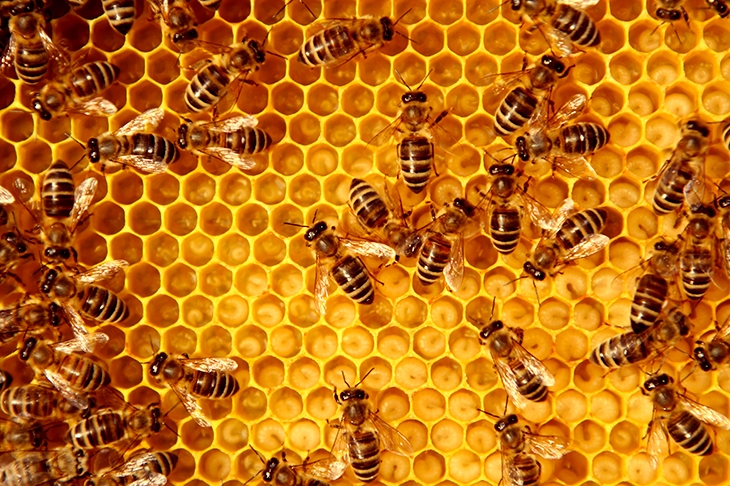The newspapers are full of stories about how small groups of engineers from Formula 1 teams have been able to design, prototype and manufacture essential health equipment incredibly quickly.
So why aren’t organisations allowed to perform such super-human feats of brilliance the rest of the time? Or to put it another way, why is it that companies and governments always call on McKinsey when they could call on McLaren?
Why is it that companies and governments always call on McKinsey when they could call on McLaren?
One obstacle might be the boredom threshold. If you are used to a high-octane life on the Grand Prix circuit, a three-hour meeting with healthcare regulators might leave you wanting to bite your arm off. Once, by accident, I ended up as part of a project-management workgroup seeking regulatory approval for a drug: after the 18th Gantt chart, I experienced one of those moments where boredom becomes physically painful.
But the other issue at stake is the difference between deterministic and probabilistic improvement. If you engage engineers, you don’t know what you are going to get. You may be unlucky and get nothing. Or their solution may be so outlandish that it is hard to compare with other competing solutions. On average, though, what you get will be more valuable than the gains produced by some tedious restructuring enshrined in a fat PowerPoint deck.
But in business, let alone in government, it is only in crises that people find a budget for probabilistic interventions of this kind (in peacetime, nobody would have given Barnes Wallis the time of day). The reason is that both bureaucrats and businesspeople are heavily attracted to the illusion of certainty. Standard cost-cutting ‘efficiencies’ can usually be ‘proven’ to work in advance; more interesting lines of enquiry come with career-threatening unknowability.
One problem with this pretence of certainty is that cost-savings are more easily quantified than potential gains — so business and government are increasingly geared towards providing people with more, poorer things at an ever-lower price. Yet much evidence suggests that people like fewer, better things at a slightly higher price.
Indeed one reason why the world is in a mess is because, for a long time, the ratio between ‘explore’ and ‘exploit’ has been badly out of whack. Entities like procurement have been allowed to claim full credit for money–grabbing cost-savings without commensurate responsibility for delayed or hidden costs. The shadow of this is everywhere, from Grenfell Tower to PPE shortages.
Bees seem to have spotted this trade-off between narrow and broad-scale efficiency 20 million years ago. Although most of them follow the waggle-dance (exploiting what is already known), a significant minority do not. These R&D bees explore at random, seeking nectar and pollen from sources as yet unknown. Most of these journeys are individually wasteful — but every now and then they pay off hugely in the form of a new find. Indeed there would be no bees without this ‘inefficiency’; hives would end up starving to death.
Bees are still around because they are part deterministic and part probabilistic in their behaviour. They use their ‘evidence-based’ waggle-dance data-model up to a point, but correct for the fact that it is incomplete, temporary and weighted to the past. Institutionalised humans obtain a false sense of certainty by assuming that life is one big waggle-dance: that what is optimal in a one-off transaction in a certain present is also optimal at scale, in an uncertain, long-term future. Even insects have figured out this is dumb. Like Socrates, bees know how much they don’t know.
Rory Sutherland is vice-chairman of Ogilvy UK.







Comments